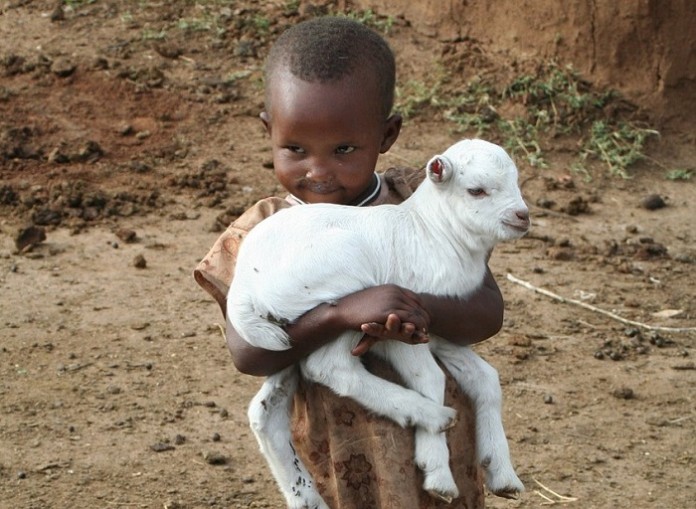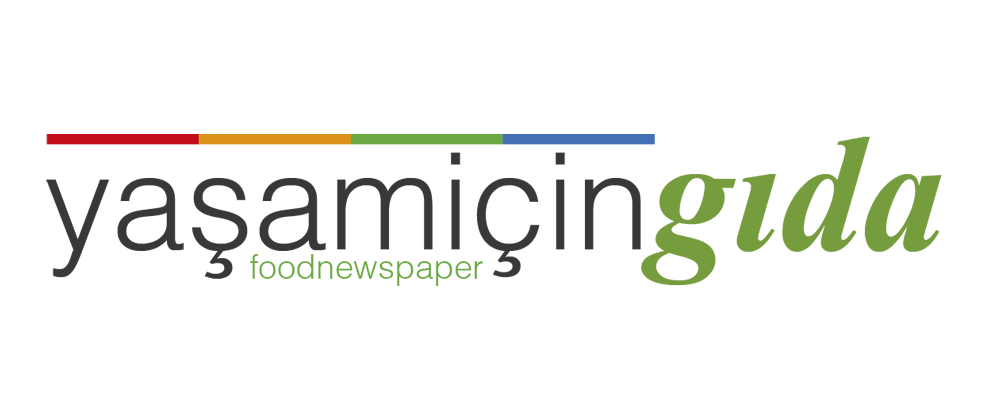
Over the coming year, humanitarian partners should prepare for food insecurity levels and food insecure population numbers in southern Africa to be at their highest levels since the 2002-2003 food crisis, the United Nations agriculture agency warned today, citing an ‘intense’ drought as the main cause.
Southern Africa is currently in the grip of a drought that has expanded and strengthened since the earliest stages of the 2015-2016 agricultural season, driven by one of the strongest El Niño events of the last 50 years, the UN Food and Agriculture Organization (FAO) said today in a joint statement with the World Food Programme (WFP), Famine Early Warning Systems Network (FEWS NET), and the European Commission’s Joint Research Centre (JRC).
Across large swathes of Zimbabwe, Malawi, Zambia, South Africa, Mozambique, Botswana, and Madagascar, the current rainfall season has so far been the driest in the last 35 years. Agricultural areas in northern Namibia and southern Angola have also experienced high levels of water deficit.
Much of the southern African sub-region has consequently experienced significant delays in planting and very poor conditions for early crop development and pasture re-growth. In many areas, planting has not been possible due to 30 to 50 day delays in the onset of seasonal rains resulting in widespread crop failure, according to the agencies.
Although there has been some relief since mid-January in certain areas, the agencies warn that the window of opportunity for the successful planting of crops under rain-fed conditions is nearly closed. Even assuming normal rainfall for the remainder of the season, cropwater balance models indicate poor performance of maize over a widespread area.

